


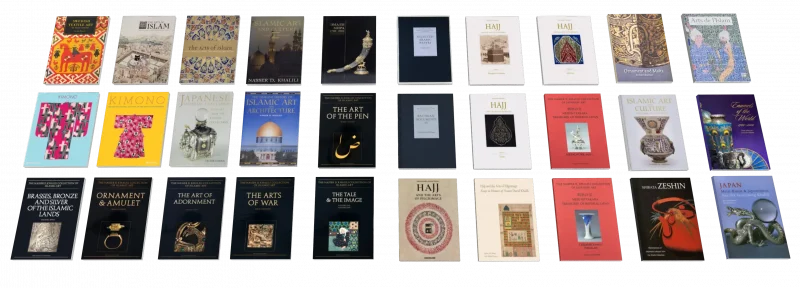
With one hundred publications, each work of art in the Khalili Collections has been meticulously conserved, researched, catalogued and as part of what is considered to be one of the most ambitious art scholarship projects in modern history. Over ninety volumes have already been published, overseen by Professor Sir Nasser D. Khalili and with contributions from the world’s leading experts in each respective field.
The Khalili Foundation is responsible for the commissioning, financing, and production of all Khalili Collection publications.
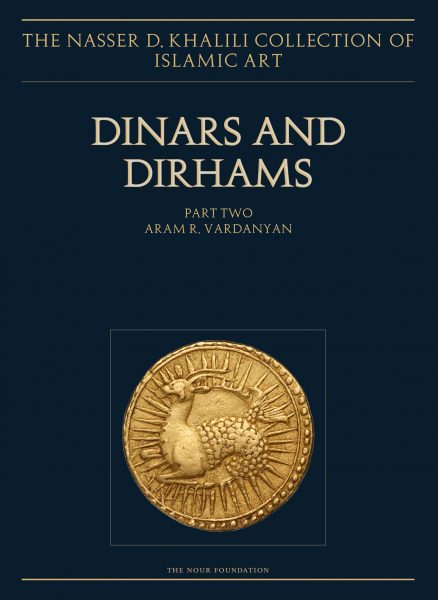
VOLUME XX 2024 Aram R. Vardanyan The Islamic coinage in the Collection is among the most outstanding in private hands, with some 14,500 issues in gold, silver and copper. The coins were issued across the Islamic world, from North Africa to Central Asia and India, in the 7th to the 20th centuries. Many series are […]
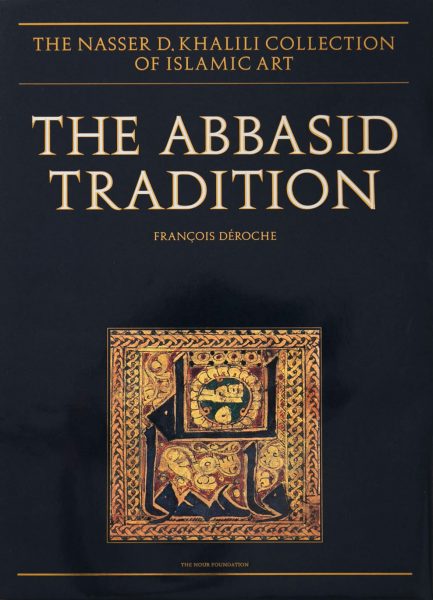
The Collection contains the largest and most comprehensive range of Qur’anic material in private hands.
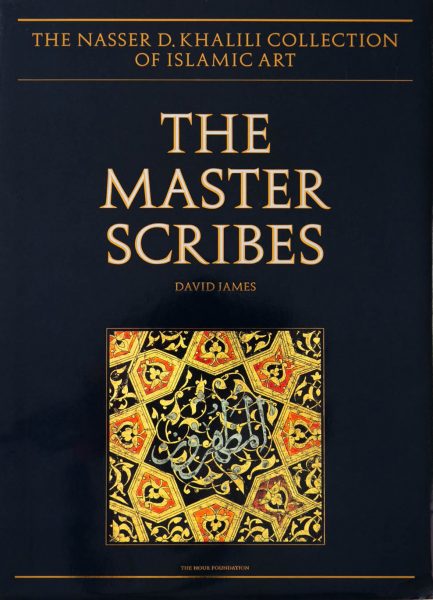
This is the second of four volumes cataloguing the Qur’anic material in the Collection; it covers the period from 1000 to 1400 and includes examples from Iraq, Iran, Syria, Egypt, Anatolia, India, Spain and North Africa.
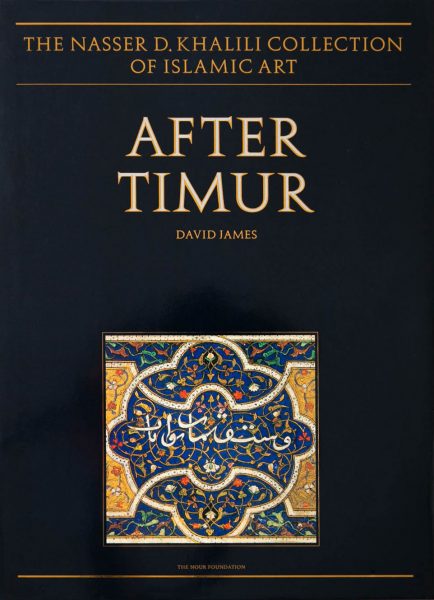
This is the third of four volumes cataloguing the Qur’anic material in the Collection; it covers the period from 1400 to 1600 and presents 60 items from Iran, Central Asia, Syria, Egypt, Turkey and India.
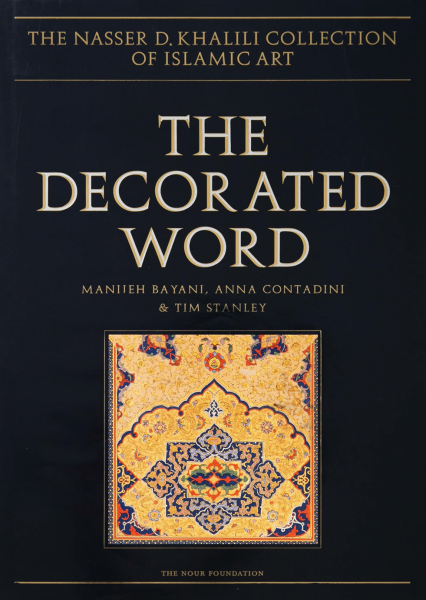
This is the fourth and final volume cataloguing the Qur’anic material in the Collection; it is published in two parts and includes over 150 Qur’ans produced…
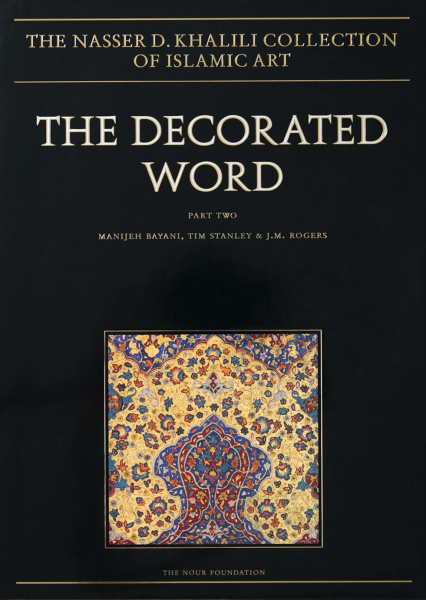
This is the fourth and final volume cataloguing the Qur’anic material in the Collection; it is published in two parts and includes over 150 Qur’ans produced…
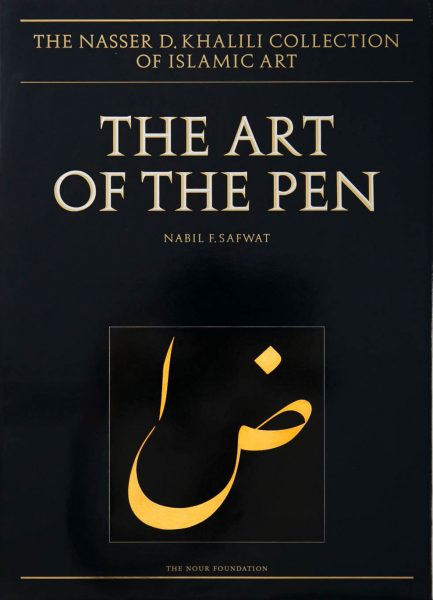
The demanding discipline of calligraphy, centring on the power of the written word and transmitted from master to pupil through the ages, is fundamental to…
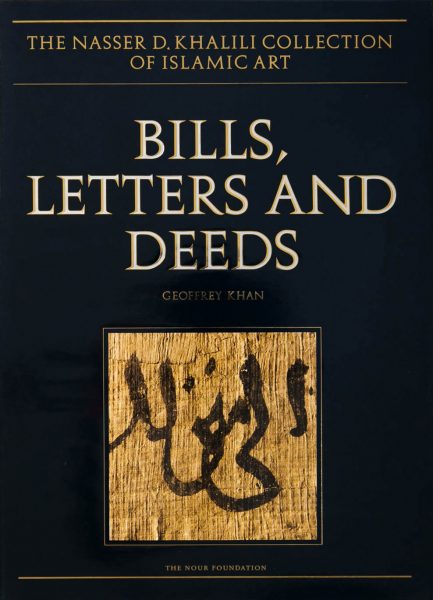
Most of the Arabic documents that have survived from the first three centuries of the Islamic era were written on papyrus, the most commonly used writing material in the Near East during this period.
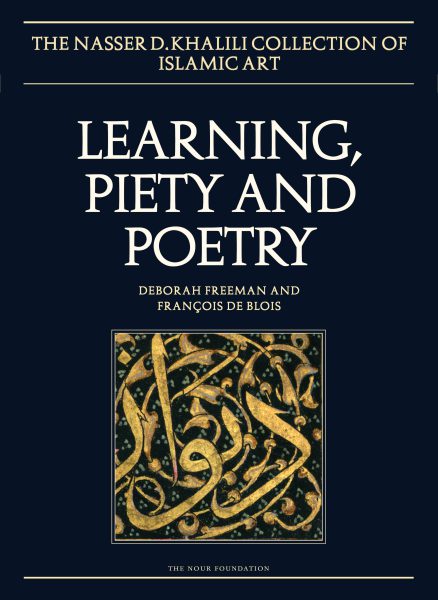
This volume is devoted to the illuminated but largely unillustrated Arabic, Persian and Turkish manuscripts in the Collection.
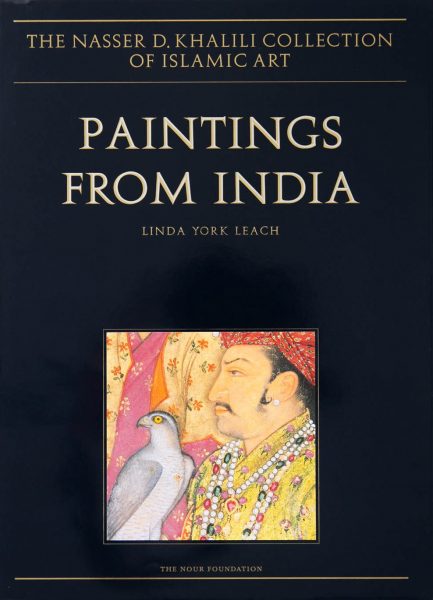
This volume is devoted to painting in India under the Mughals. The material presented here ranges in date from the 16th to the 19th centuries and comprises 76 illustrated…
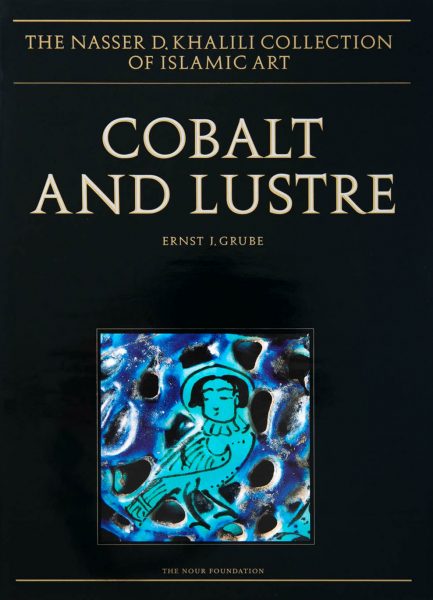
This is the first of two volumes cataloguing the ceramic holdings in the Collection – nearly 2,000 objects produced all over the Muslim world.
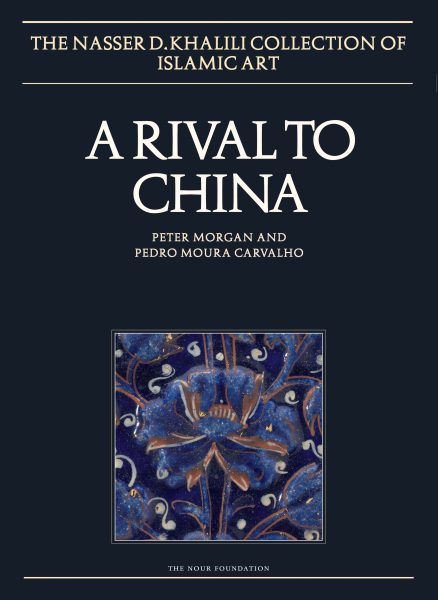
This volume is the second of two devoted to the ceramics in the Collection. Here, nearly 400 works produced after the Mongol conquests are presented…
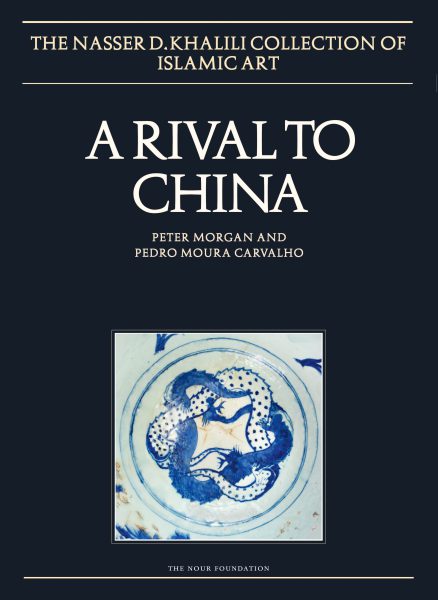
This volume is the second of two devoted to the ceramics in the Collection. Here, nearly 400 works produced after the Mongol conquests are presented…
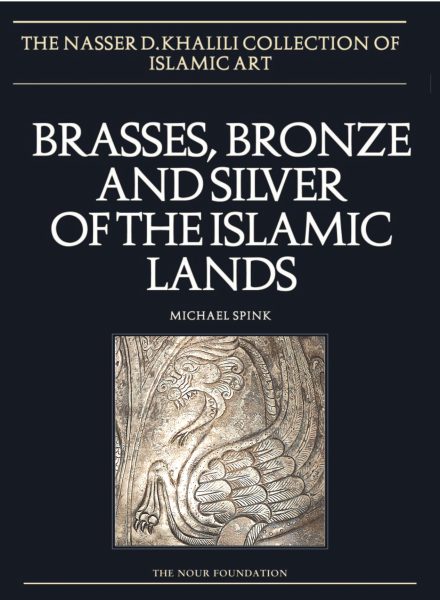
The metalwork in the Collection comprises nearly 1,000 objects, from across the Islamic world, Sicily to India, and dating from the 6th to the early 20th centuries.
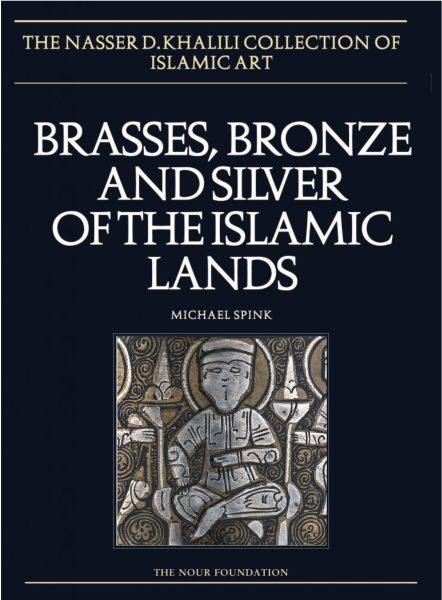
The metalwork in the Collection comprises nearly 1,000 objects, from across the Islamic world, Sicily to India, and dating from the 6th to the early 20th centuries.
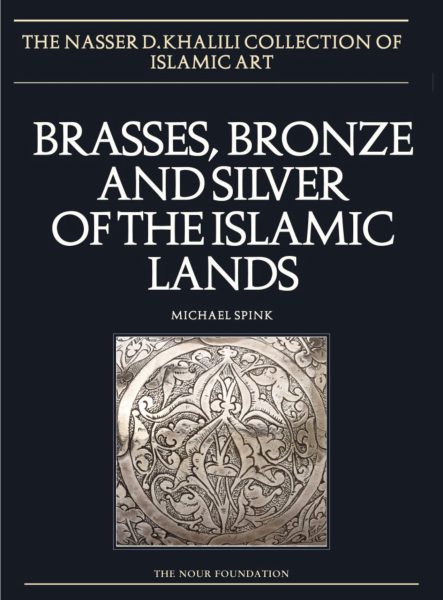
The metalwork in the Collection comprises nearly 1,000 objects, from across the Islamic world, Sicily to India, and dating from the 6th to the early 20th centuries.
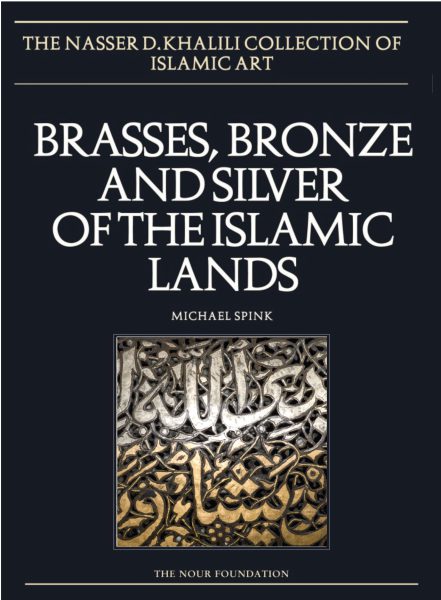
The metalwork in the Collection comprises nearly 1,000 objects, from across the Islamic world, Sicily to India, and dating from the 6th to the early 20th centuries.
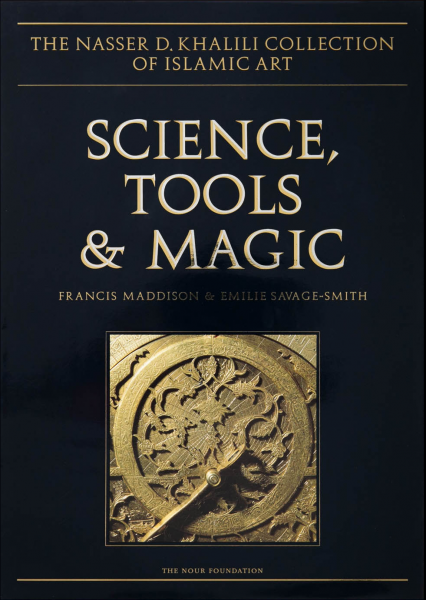
This two-part volume contains a large and important group of objects and manuscripts that may be broadly categorised as scientific instruments, tools or magical implements.
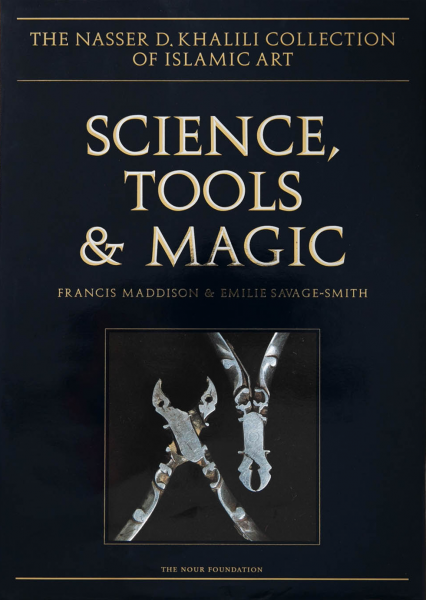
This two-part volume contains a large and important group of objects and manuscripts that may be broadly categorised as scientific instruments, tools or magical implements.
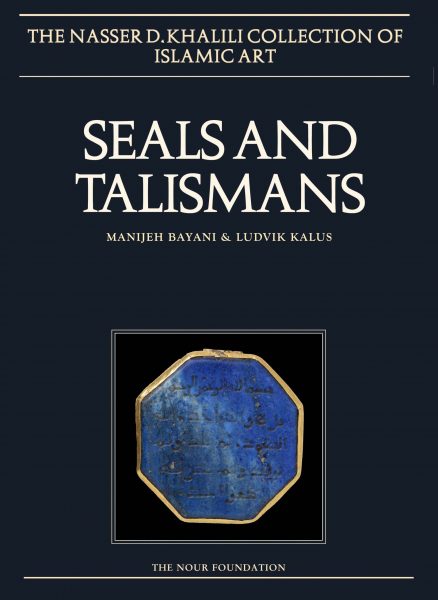
There are more than 3500 seals and talismans of the Islamic era in the Collection, including a large number mounted in rings, set in varieties of bases and framed as pendants.
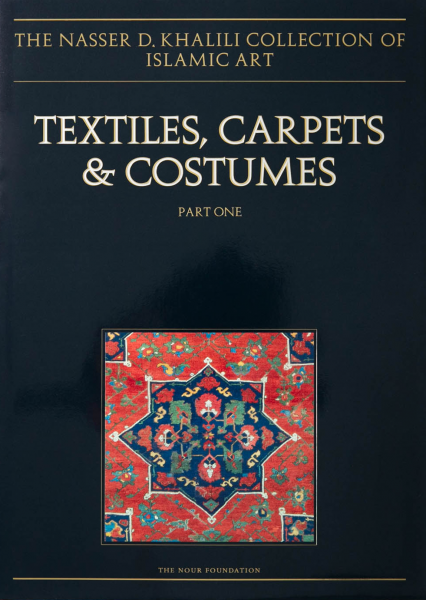
The Collection includes more than 250 textiles, embroideries, carpets and costumes from across the Islamic lands dating from the 6th to the 19th centuries.
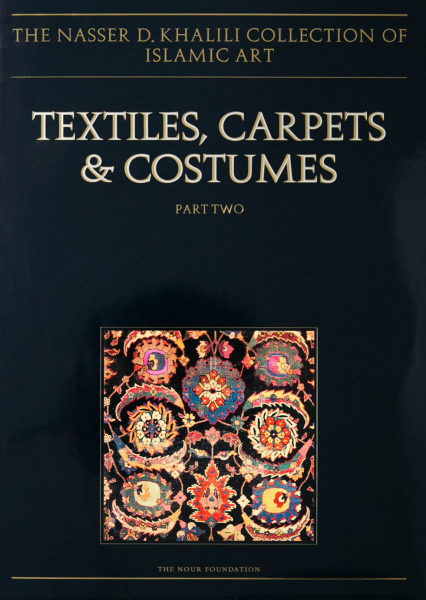
The Collection includes more than 250 textiles, embroideries, carpets and costumes from across the Islamic lands dating from the 6th to the 19th centuries.
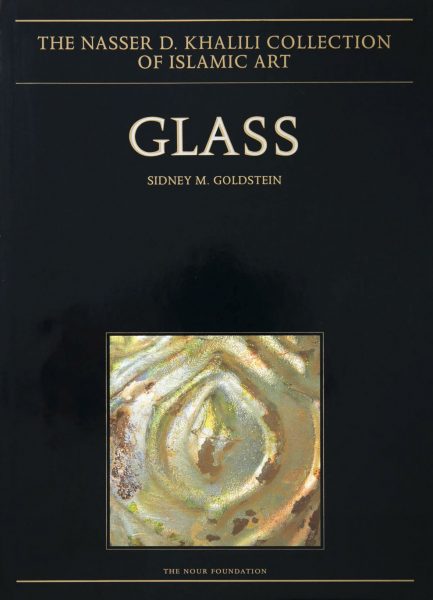
The Collection contains more than 300 objects that encapsulate the history of Islamic glass from its Byzantine and Sasanian antecedents to late 19th- and early 20th-century revivals.
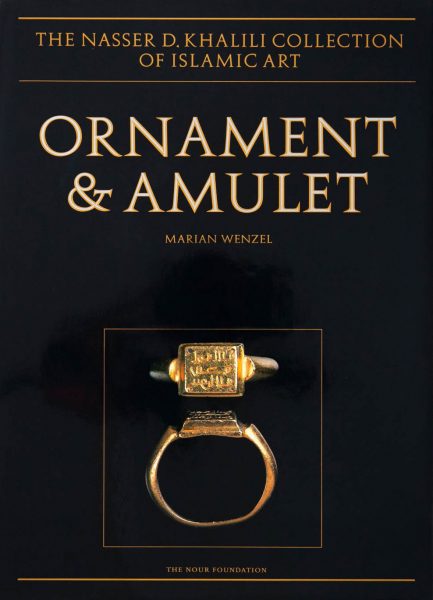
The remarkable material presented in this volume – more than 600 rings from the Islamic lands and beyond – has provided a rare opportunity to survey…
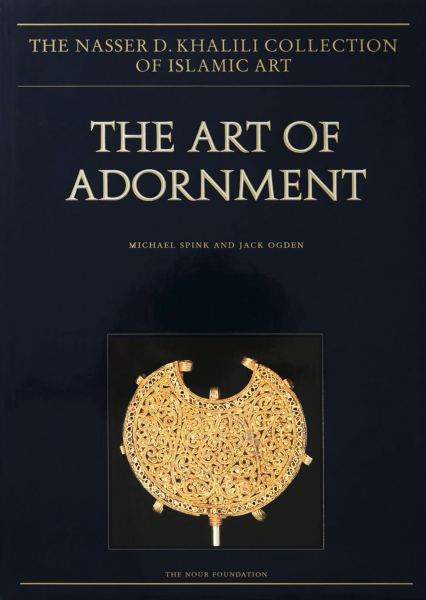
The magnificent holdings of Islamic jewellery in the Collection are more comprehensive than any other published collection.
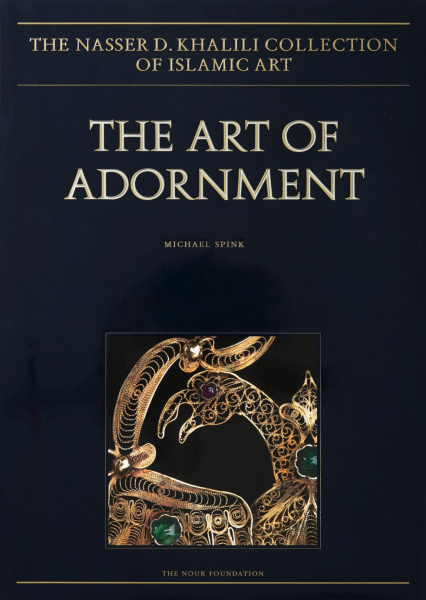
The magnificent holdings of Islamic jewellery in the Collection are more comprehensive than any other published collection.
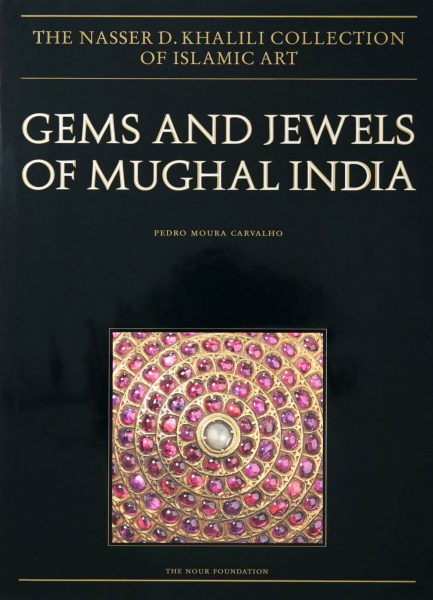
The nearly 200 Indian jewelled and enamelled luxury objects in the Collection add significantly to the corpus of Mughal art and to the history of goldsmiths’ work and hardstone-carving in the Indian subcontinent.
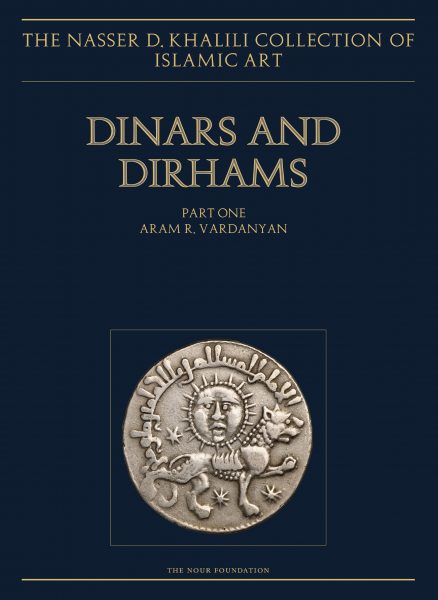
The Islamic coinage in the Collection is among the most outstanding in private hands, with over 15,000 issues in gold, silver and copper.
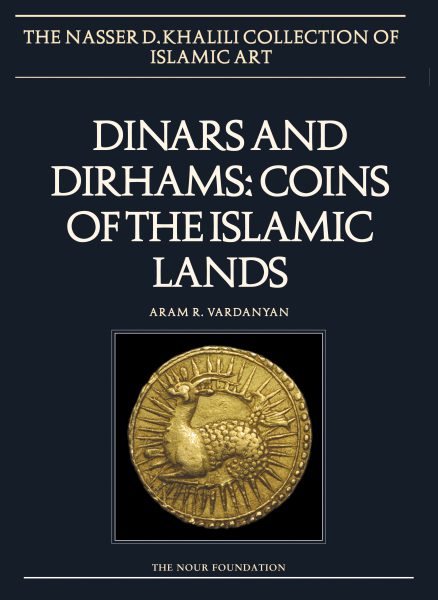
The Islamic coinage in the Collection is among the most outstanding in private hands, with over 15,000 issues in gold, silver and copper.
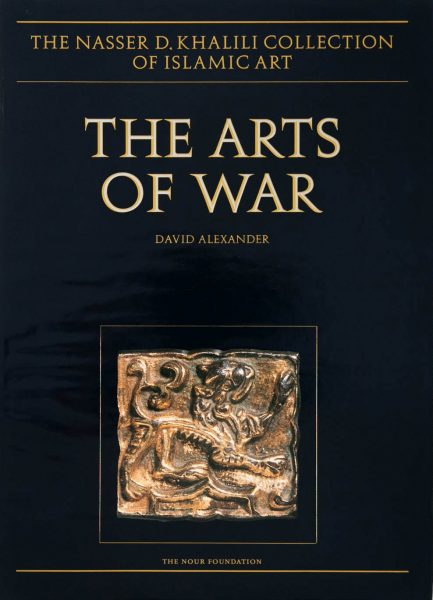
The arms and armour in the Collection range in date from the 7th to 19th centuries.
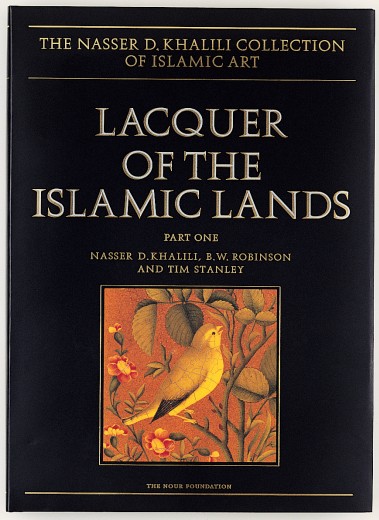
This two-part volume presents the Collection’s more than 500 examples of Islamic lacquer – predominantly papier-mâché wares with painted and varnished decoration…
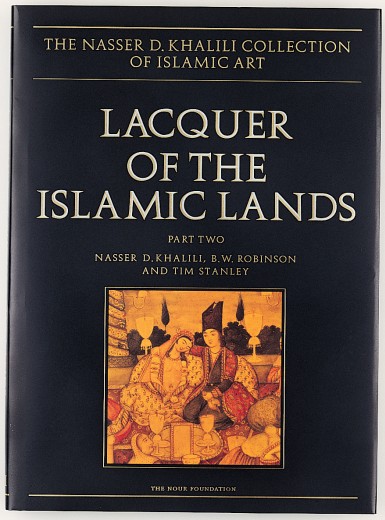
This two-part volume presents the Collection’s more than 500 examples of Islamic lacquer – predominantly papier-mâché wares with painted and varnished decoration…
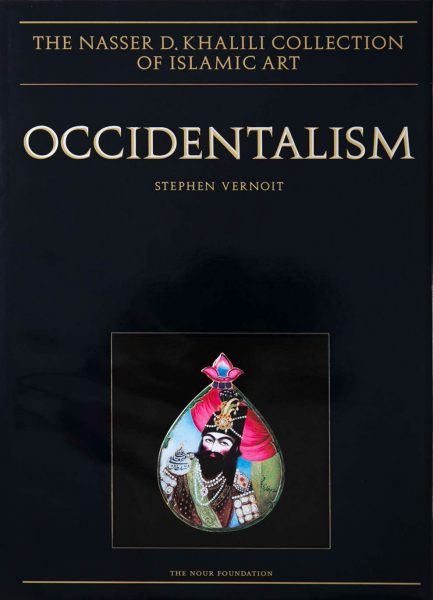
Islamic art of the 19th century has received very little attention, and this is the first work devoted entirely to the subject.
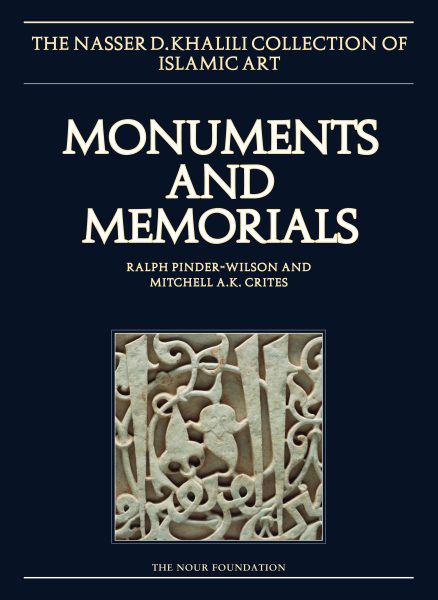
This volume is devoted to architectural decoration and tombstones in the Collection from across the Islamic world, from the Iberian peninsula to the Indian subcontinent…
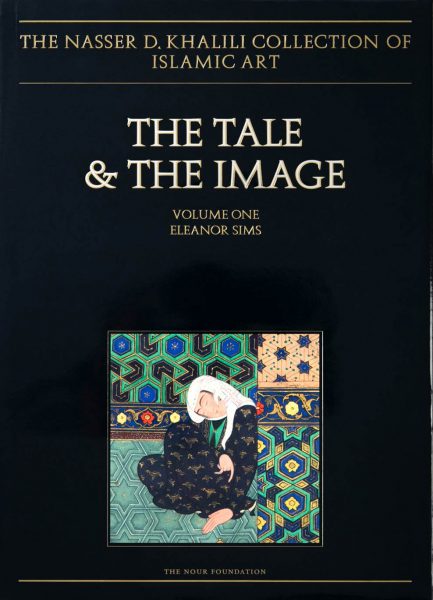
This volume is devoted to the Collection’s illustrated manuscripts and detached folios with historical and heroic epic subjects. Produced in Iran, India and Turkey, they date from the early 14th to the 20th centuries; many are of major artistic importance. A number of folios in the Collection come from manuscripts of Firdawsi’s Shāhnāmah.
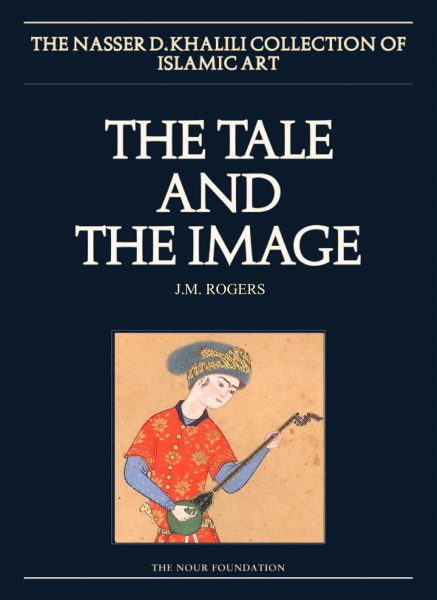
This volume is mainly devoted to the Collection’s illustrated manuscripts and detached folios with painted illustrations – primarily romantic poetry and anthologies…
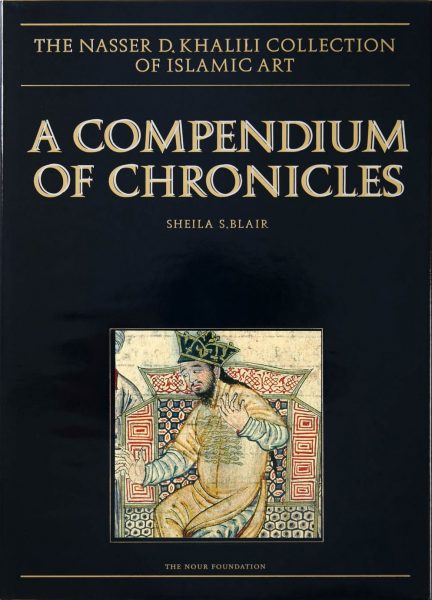
The Collection contains the largest and most comprehensive range of Qur’anic material in private hands. This, the first of four volumes devoted to the subject…
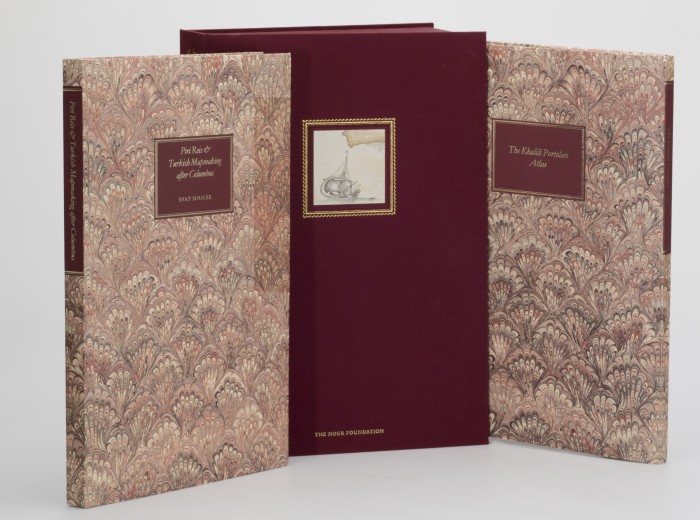
Columbus’s discoveries in the New World quickly became known in the Muslim lands around the Mediterranean, and the man who played a leading role in transmitting them…
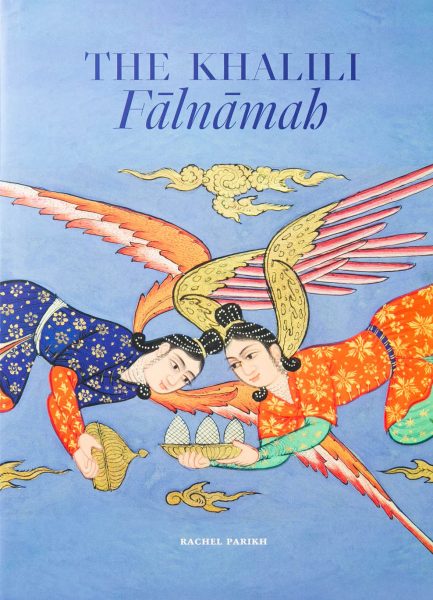
Originally commissioned by the Safavid ruler Shah Tahmasp in the mid-16th century, the Falnamah, or Book of Omens’, is the only illustrated manuscript solely dedicated to the subject of divination.
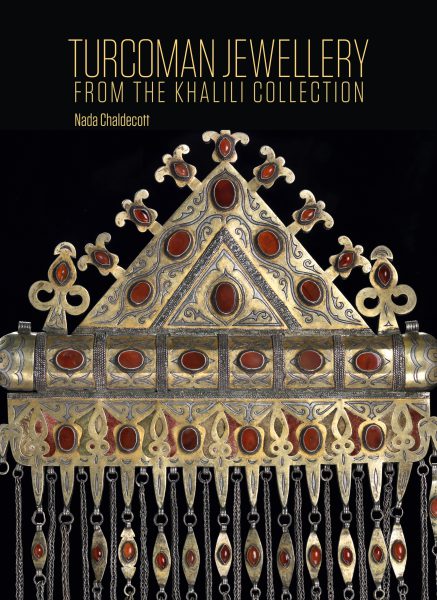
Strong traditions and a particular lifestyle define the Turcoman of Central Asia. This long-established worldview found its most expressive artistic representation…
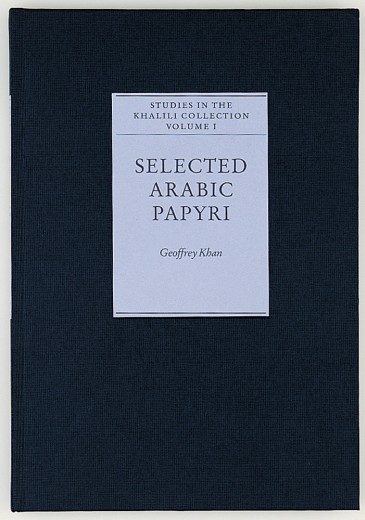
This volume contains a detailed examination of 36 of the papyri in the Collection, all written between the 8th and 10th centuries, before the Fatimid conquest of Egypt in 968.
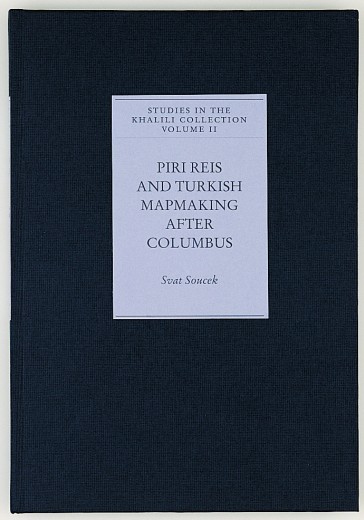
Columbus’s discoveries in the New World quickly became known in the Muslim lands around the Mediterranean, and the man who played a leading role in transmitting…
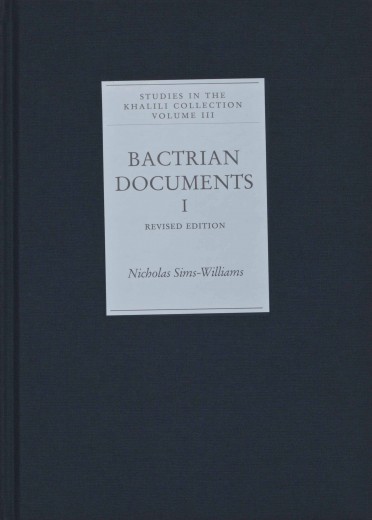
During the last twenty years, more than 150 documents in Bactrian, the language of pre-Islamic Afghanistan, have come to light. These documents, which have been deciphered and published by Nicholas Sims-Williams…
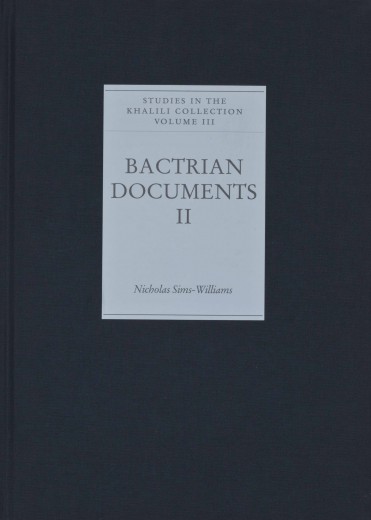
During the last twenty years, more than 150 documents in Bactrian, the language of pre-Islamic Afghanistan, have come to light. These documents, which have been…
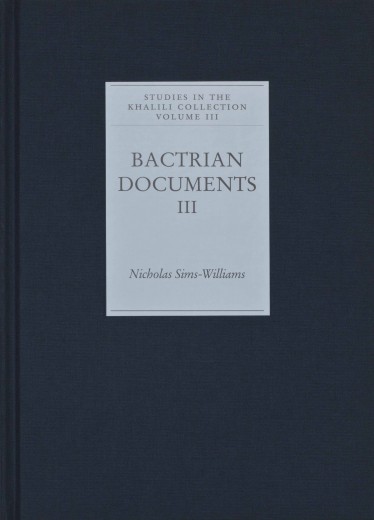
During the last twenty years, more than 150 documents in Bactrian, the language of pre-Islamic Afghanistan, have come to light. These documents, which have been deciphered…
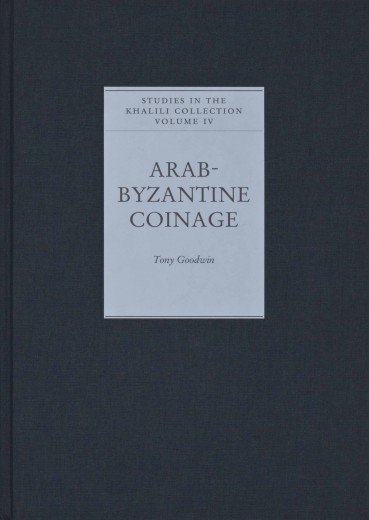
The coinage of Syria and Palestine issued during the first fifty years of Islamic rule is of exceptional interest, but until recently has been little studied…
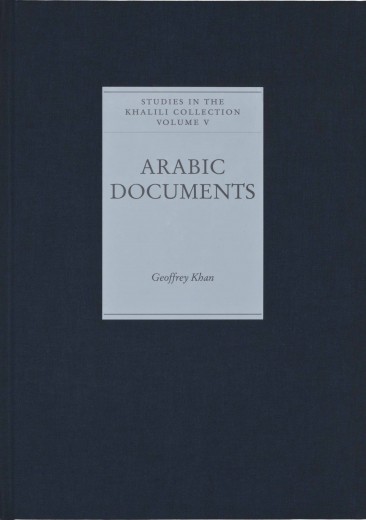
The history of Eastern Iran (Khurasan) in the Abbasid period has so far been based on literary sources, which, regrettably, tell us practically nothing of its administration…
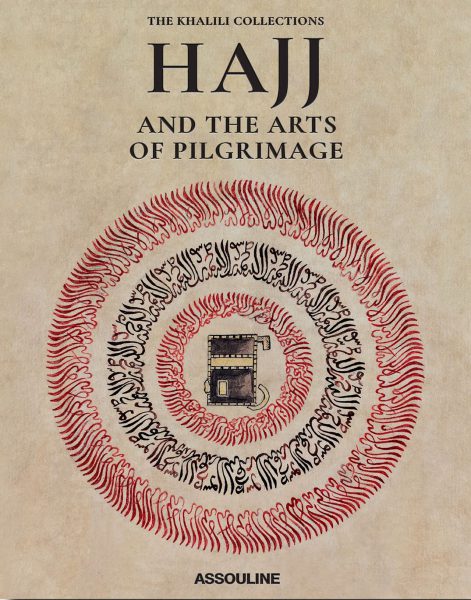
Focusing on pilgrimage to Mecca and the arts associated with it, the Hajj and the Arts of Pilgrimage Collection is the largest and the most important of its kind…
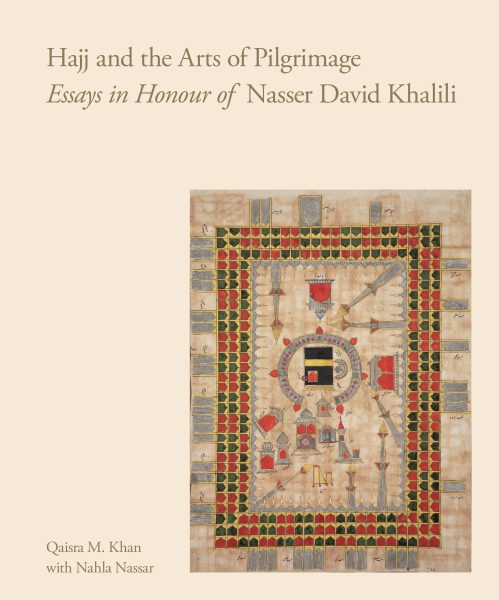
Focusing on pilgrimage to Mecca and the arts associated with it, the Hajj and the Arts of Pilgrimage Collection is the largest and the most important of its kind…
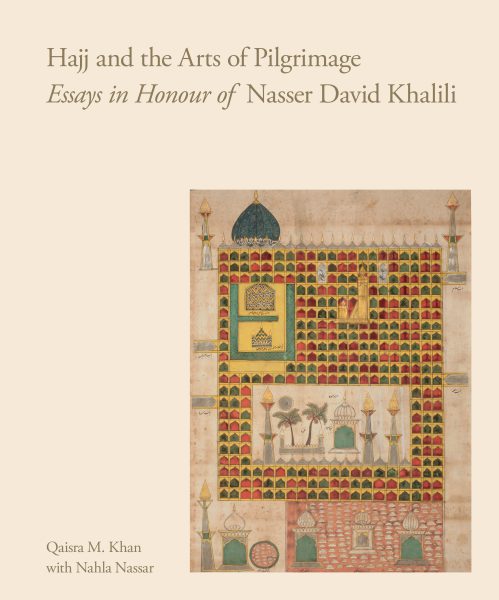
Focusing on pilgrimage to Mecca and the arts associated with it, the Hajj and the Arts of Pilgrimage Collection is the largest and the most important of its kind…
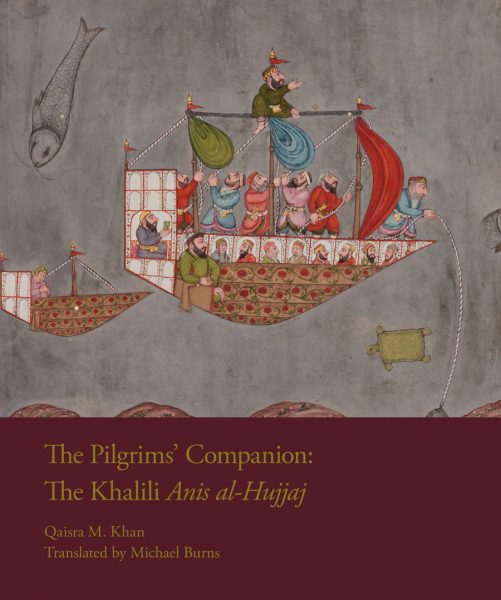
Focusing on pilgrimage to Mecca and the arts associated with it, the Hajj and the Arts of Pilgrimage Collection is the largest and the most important of its kind…
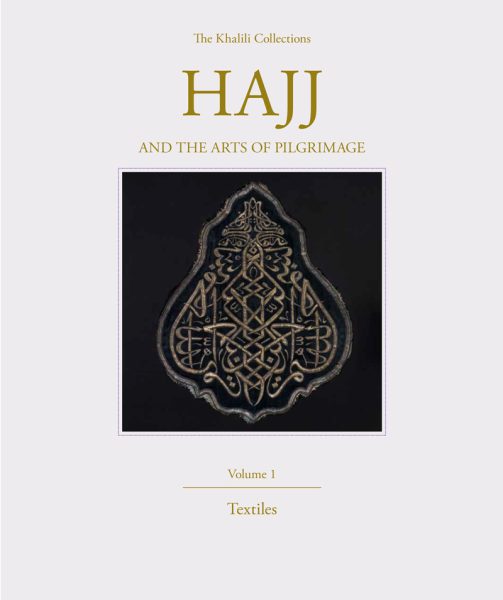
Focusing on pilgrimage to Mecca and the arts associated with it, the Hajj and the Arts of Pilgrimage Collection is the largest and the most important of its kind…
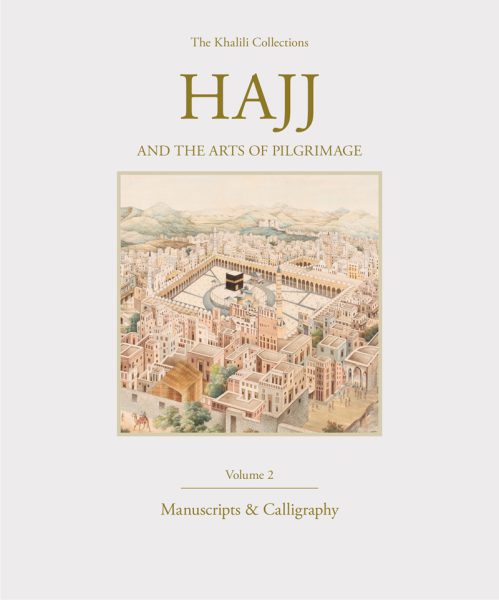
Focusing on pilgrimage to Mecca and the arts associated with it, the Hajj and the Arts of Pilgrimage Collection is the largest and the most important of its kind…
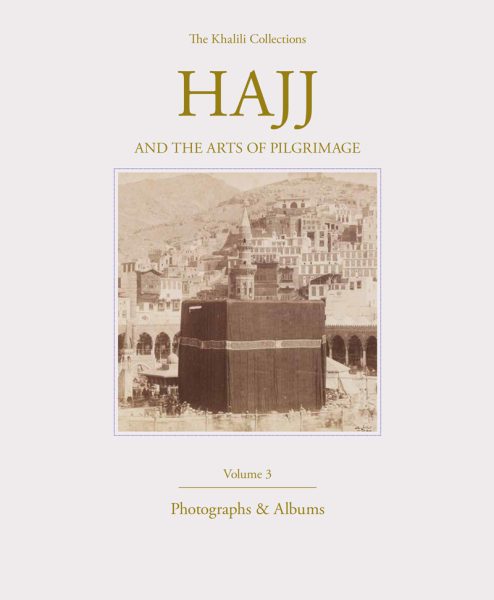
Focusing on pilgrimage to Mecca and the arts associated with it, the Hajj and the Arts of Pilgrimage Collection is the largest and the most important of its kind…
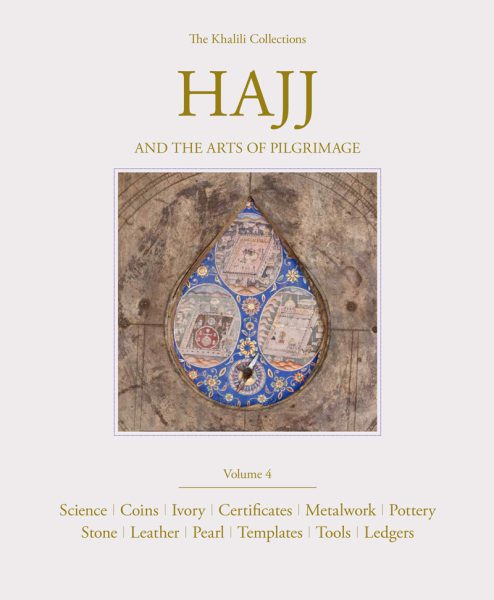
Focusing on pilgrimage to Mecca and the arts associated with it, the Hajj and the Arts of Pilgrimage Collection is the largest and the most important of its kind…
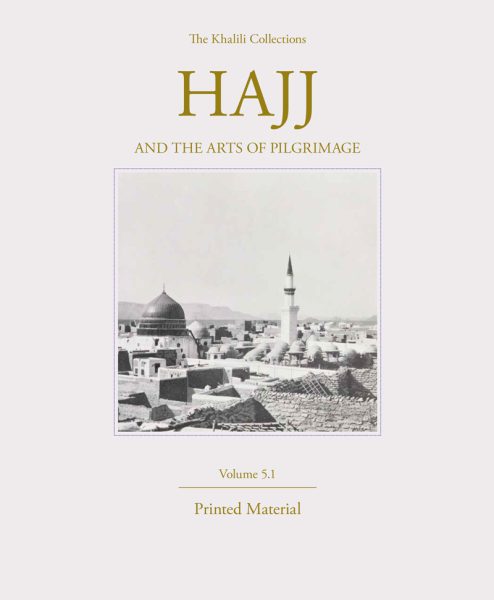
Focusing on pilgrimage to Mecca and the arts associated with it, the Hajj and the Arts of Pilgrimage Collection is the largest and the most important of its kind…
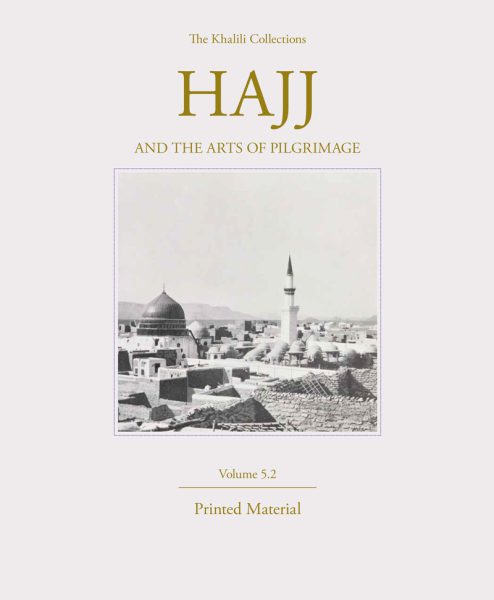
Focusing on pilgrimage to Mecca and the arts associated with it, the Hajj and the Arts of Pilgrimage Collection is the largest and the most important of its kind…
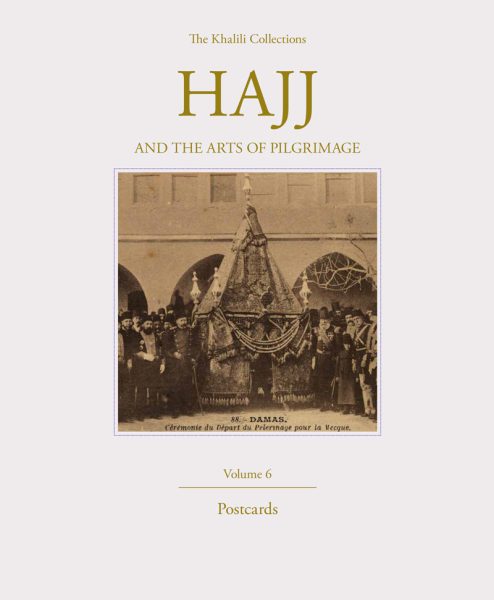
Focusing on pilgrimage to Mecca and the arts associated with it, the Hajj and the Arts of Pilgrimage Collection is the largest and the most important of its kind…
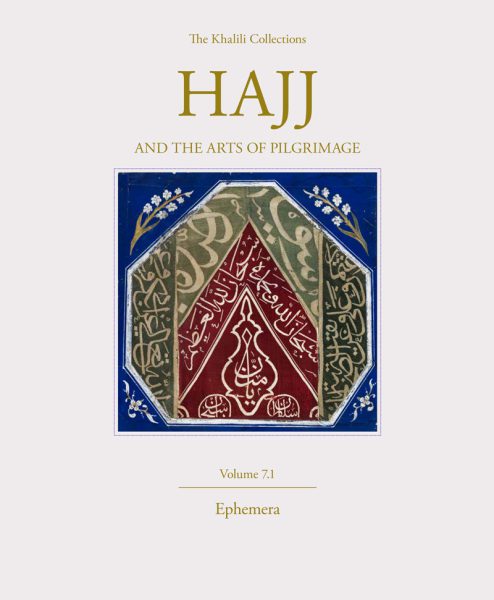
Focusing on pilgrimage to Mecca and the arts associated with it, the Hajj and the Arts of Pilgrimage Collection is the largest and the most important of its kind…
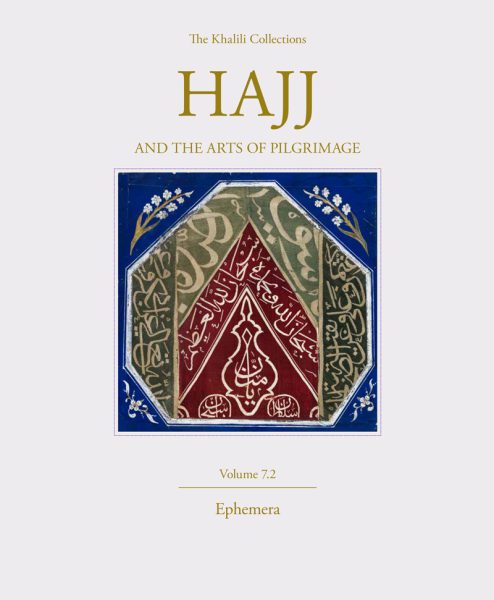
Focusing on pilgrimage to Mecca and the arts associated with it, the Hajj and the Arts of Pilgrimage Collection is the largest and the most important of its kind…
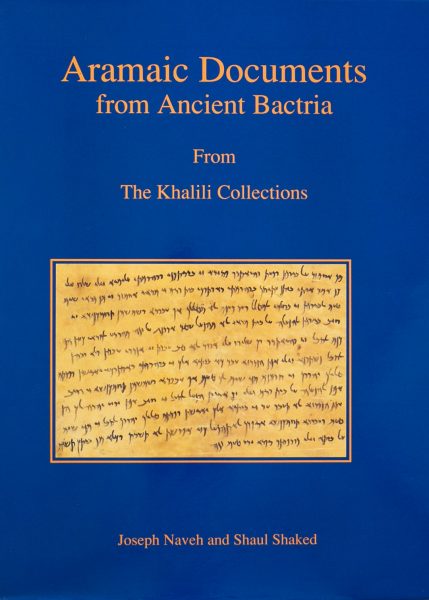
This is the first publication of a group of 30 documents on leather in Official Aramaic, dating to the 4th century bc and reflecting the practice of the…
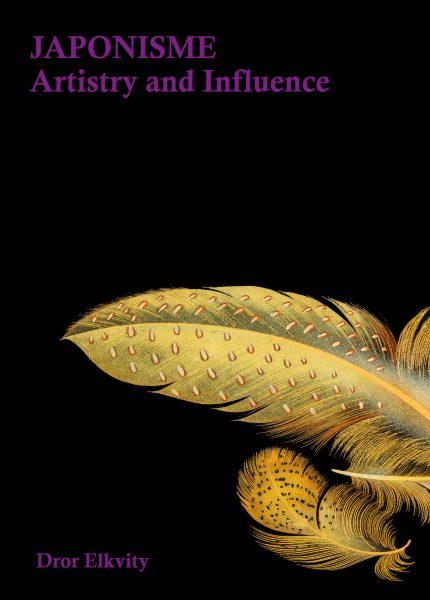
This collection of six illustrated essays provides essential background information on the history of the Meiji period (1868–1912).
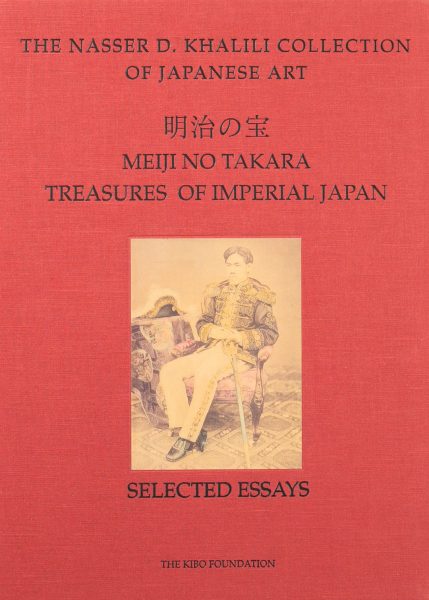
This collection of six illustrated essays provides essential background information on the history of the Meiji period (1868–1912).
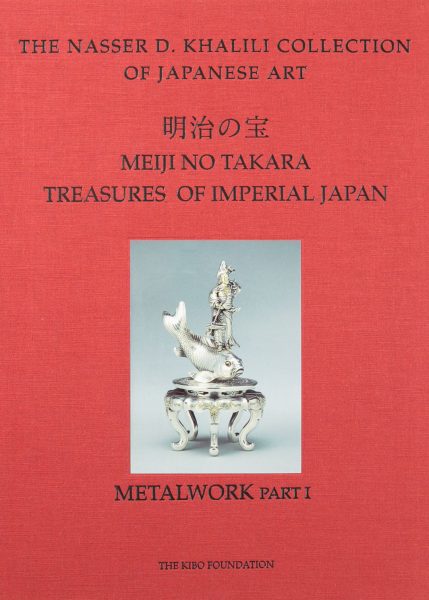
This volume introduces 161 examples from the greatest group of Meiji-period masterpieces in metal ever assembled, decorated in an astonishing variety of virtuoso techniques…
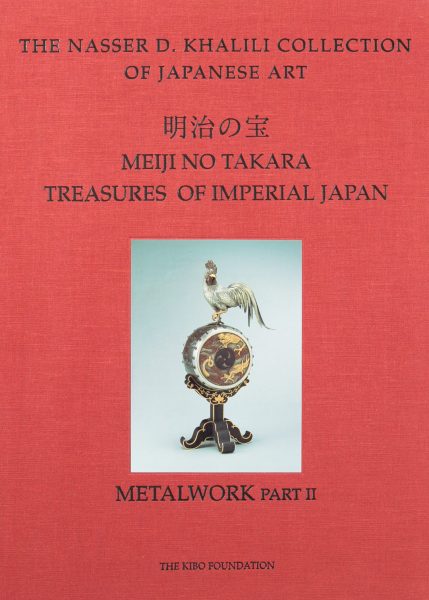
This volume introduces 161 examples from the greatest group of Meiji-period masterpieces in metal ever assembled, decorated in an astonishing variety of virtuoso techniques…
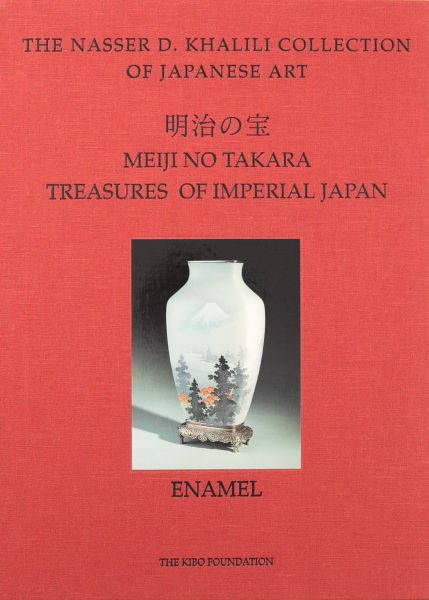
Japanese cloisonné enamels were a technical triumph of the Meiji (1868-1912) and Taisho (1912-1926) periods, and the 107 examples reproduced in this…
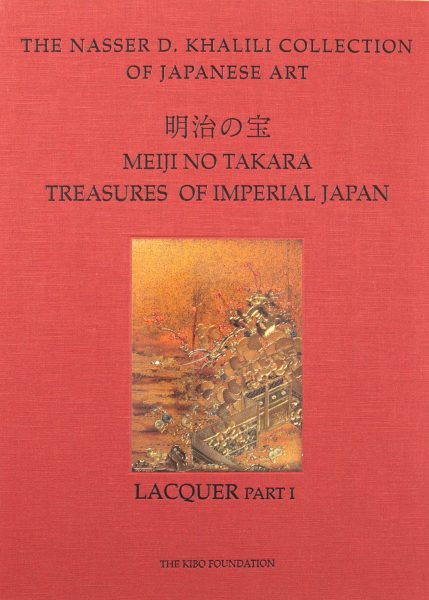
Due to strong continuities of type and style in this most characteristically Japanese of arts, the first of the two parts making up this volume includes…
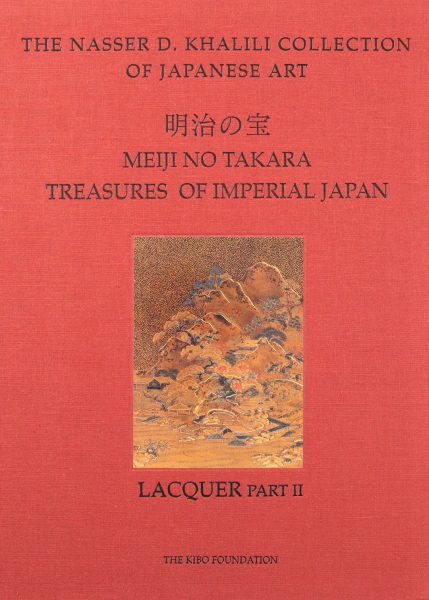
Due to strong continuities of type and style in this most characteristically Japanese of arts, the first of the two parts making up this volume includes…
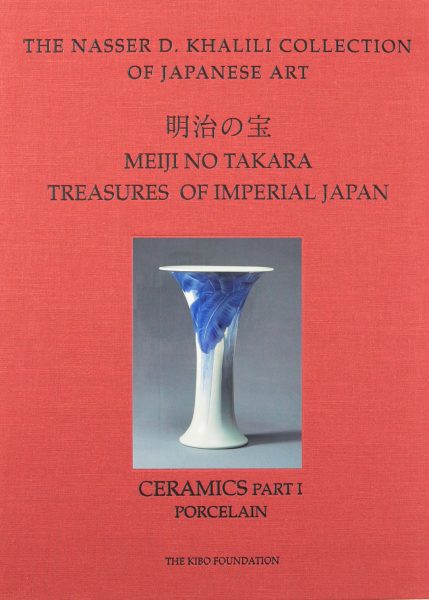
This volume is published in two parts dealing with the development of, respectively, porcelain and earthenware. The first part concentrates on Miyagawa (Makuzu) Kozan (1842–1916)
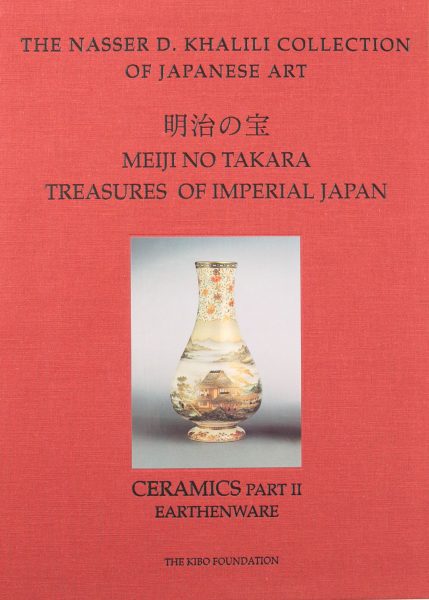
The second part of the catalogue of the ceramic holdings of the Collection focuses on another great artist-entrepreneur, Yabu Meizan (1853–1934)
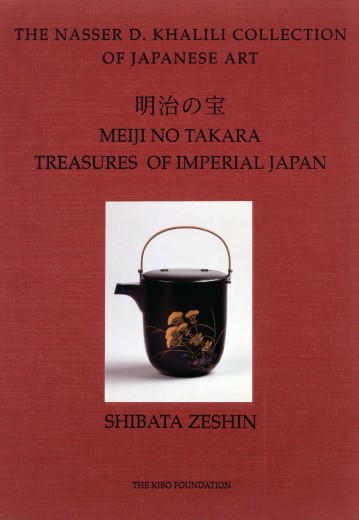
The Khalili collection of 100 works by Shibata Zeshin (1807–91) is the finest in the world.
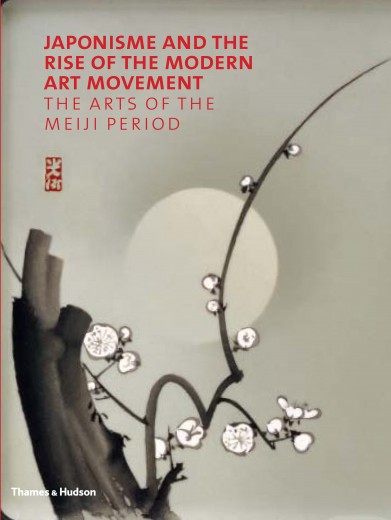
From the 1860s through to the 1890s the rise of Japonisme and the Art Nouveau movement meant few could resist the obsession with all things Japanese…
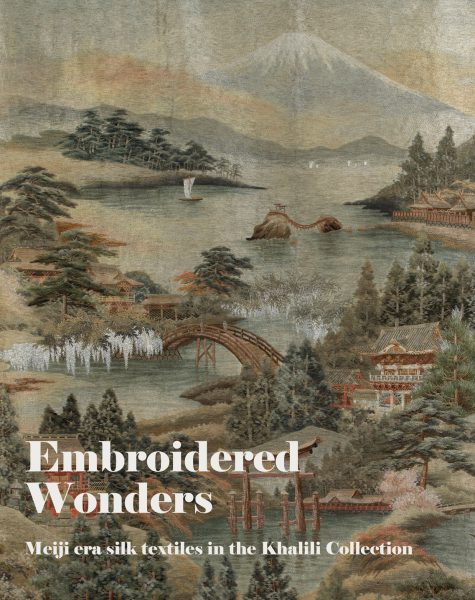
From the 1860s through to the 1890s the rise of Japonisme and the Art Nouveau movement meant few could resist the obsession with all things Japanese…
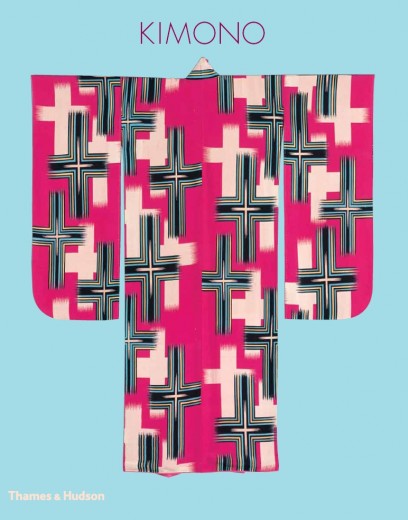
The Khalili Collection of kimono, which comprises more than 200 garments and spans 300 years of Japanese textile artistry, brilliantly conveys the remarkable creativity of…
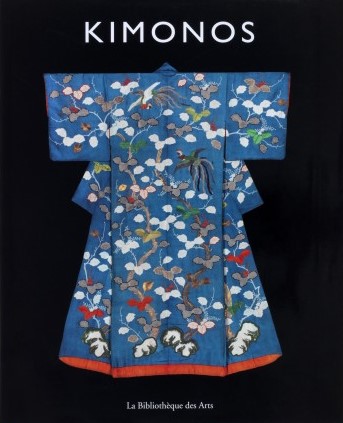
The Khalili Collection of kimono, which comprises more than 200 garments and spans 300 years of Japanese textile artistry, brilliantly conveys the remarkable…
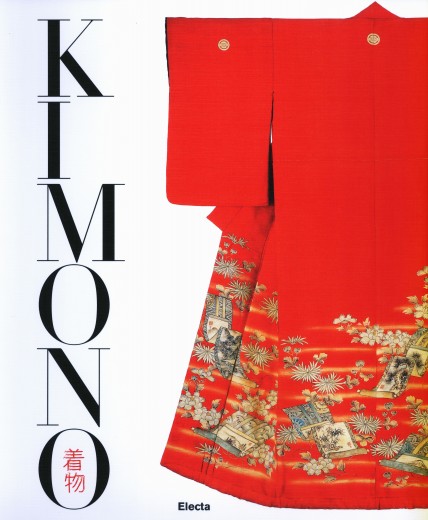
The Khalili Collection of kimono, which comprises more than 200 garments and spans 300 years of Japanese textile artistry, brilliantly conveys the remarkable creativity of designers who used the surface of the garment to produce a wearable work of art.
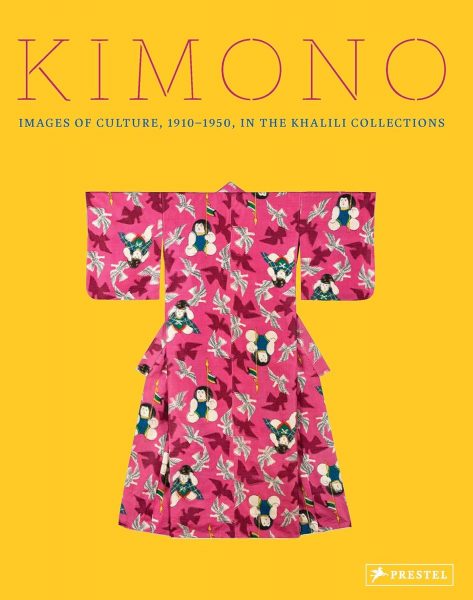
The Khalili Collection of kimono, which comprises more than 200 garments and spans 300 years of Japanese textile artistry, brilliantly conveys the remarkable…
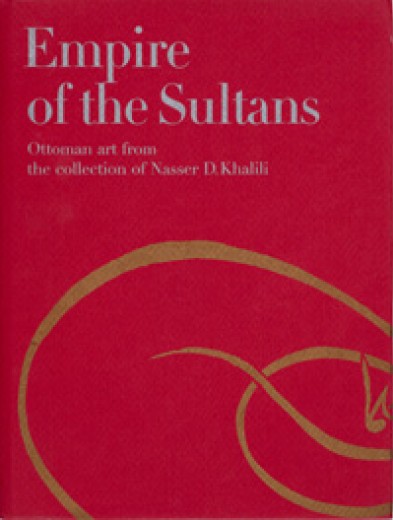
Catalogues in association with the exhibition L’empire des sultans, at the Musée Rath, Geneva, Switzerland, 7 July-24 September 1995.
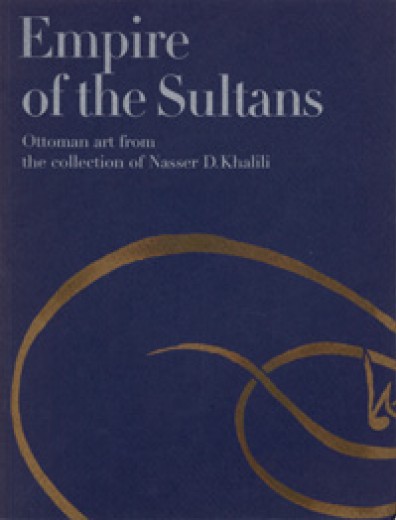
The Turkish holdings in the Khalili Collection constitute the most comprehensive collection of Ottoman art outside Turkey, with examples from the 15th to the early 20th…
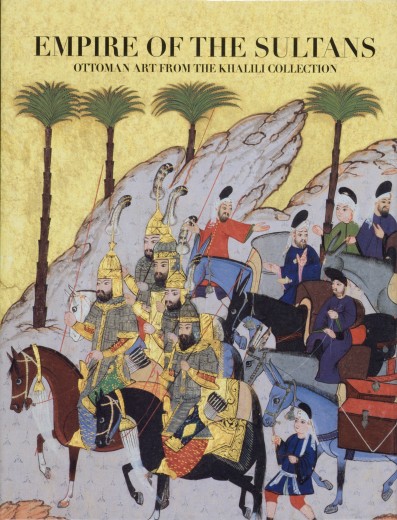
Catalogue in association with the the US tour of the exhibition Empire of the Sultans, held in 13 venues in the USA between February 2000 – February 2004.
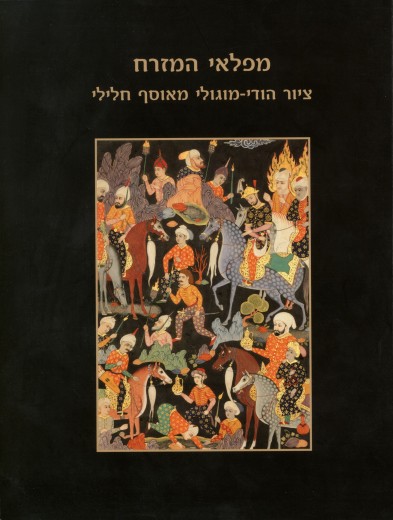
This was the first in a series of exhibitions dealing with Islamic art at Tel Aviv Museum.
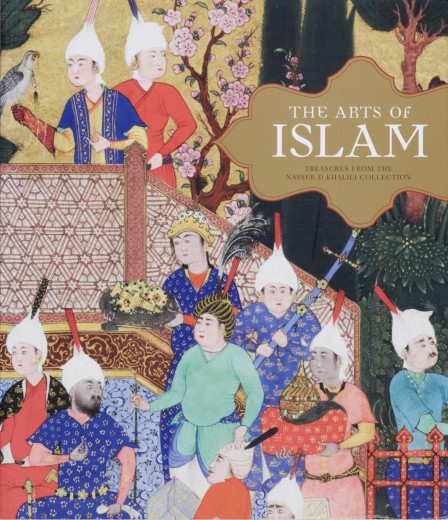
Professor J.M. Rogers Fellow of the British Academy; Honorary Curator, Nasser D. Khalili Collection of Islamic Art; Former Deputy Keeper of the Department…
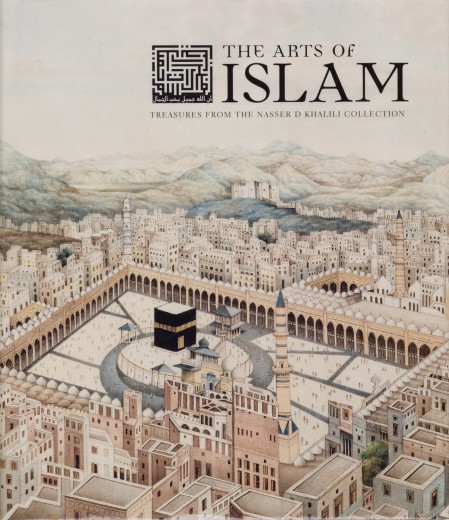
Professor J.M. Rogers Fellow of the British Academy; Honorary Curator, Nasser D. Khalili Collection of Islamic Art; Former Deputy Keeper of the Department of Oriental…
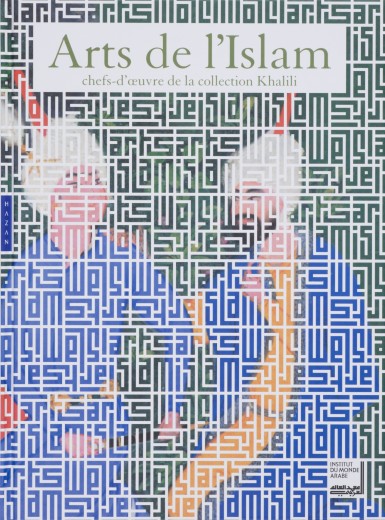
Catalogue in association with the exhibition Arts de l’Islam. chefs-d’œuvre de la collection Khalili at the Institut du monde arabe, Paris, 6 October 2009 – 14 March 2010
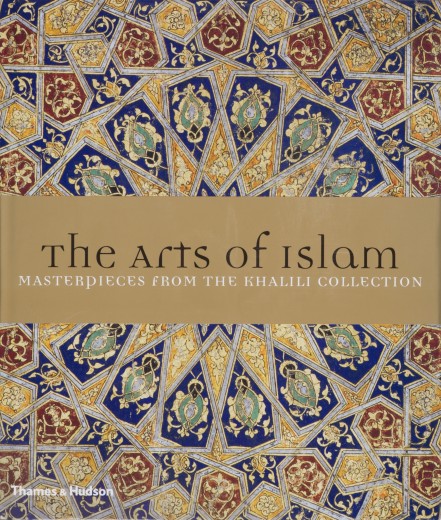
Reprint of 2008 catalogue which was associated with the exhibition The Arts of Islam.Treasures from the Nasser D. Khalili Collection.
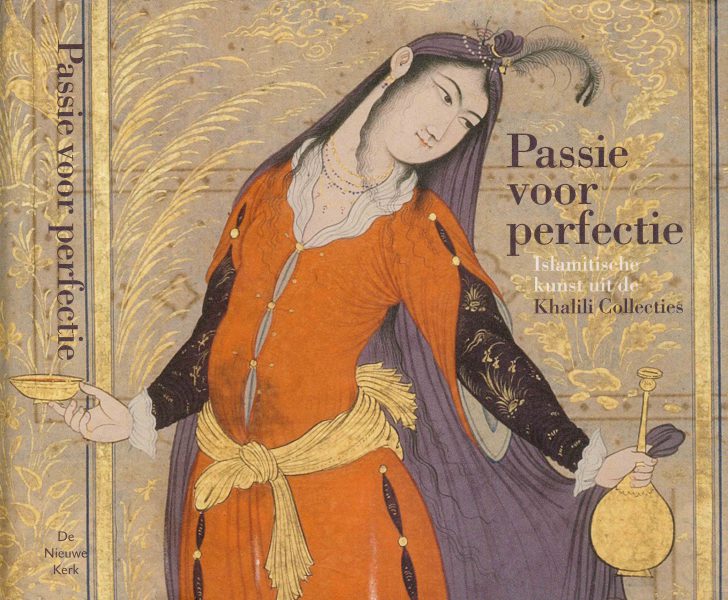
Passie Voor Perfectie, Islamitische Kunst uit de Khalili Collecties Catalogue in association with the exhibition Passion for Perfection: Islamic Art from the Khalili Collection at Nieuwe Kerk, Amsterdam, Netherlands (11 December 2010 – 17 April 2011) Published 2010 Luitgard Mols About the author Luitgard Mols – Guest-curator specialised in the arts of the Islamic world, […]
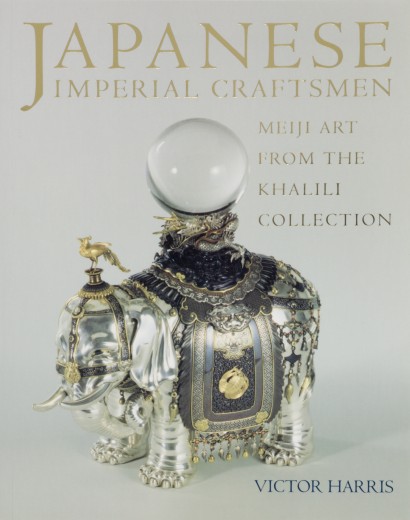
catalogue in association with the exhibition at the British Museum 1994.
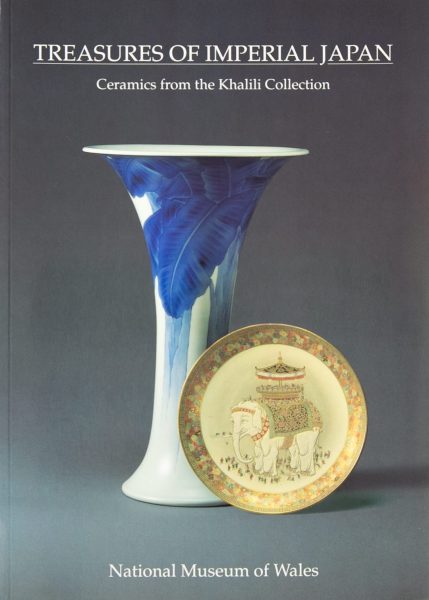
Catalogue in association with the exhibition at the National Museum of Wales, Cardiff, 1994-1995
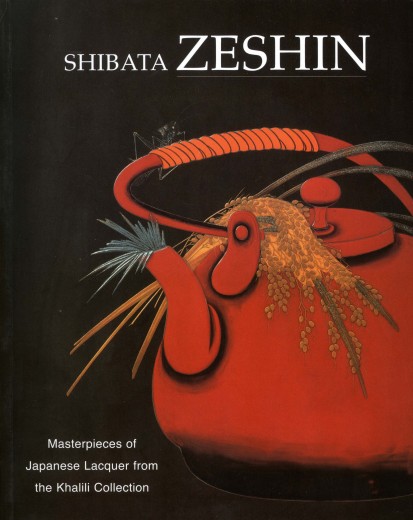
Shibata Zeshin (1807–91) was one of the finest exponents of lacquerware in the history of Japanese art.
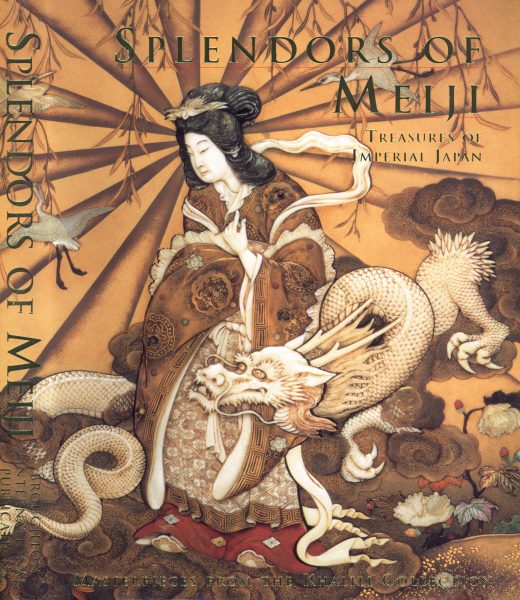
Catalogue in association with the exhibition at the First USA Riverfront Arts Centre, Wilmington, Delaware, USA, 1999
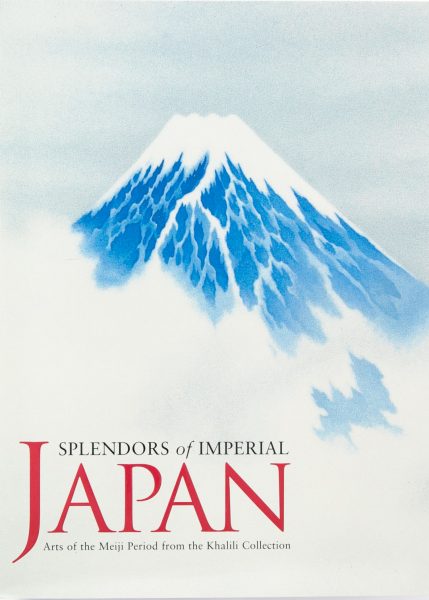
Catalogue in association with the exhibition at the Portland Art Museum, Portland, Oregon, USA
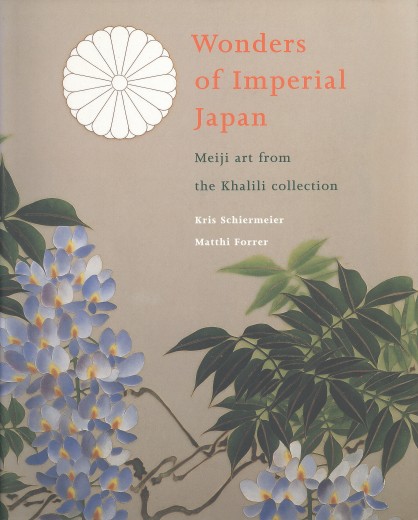
Catalogue in association with the exhibition at Van Gogh Museum, Amsterdam, Netherlands 7 July – 22 October 2006
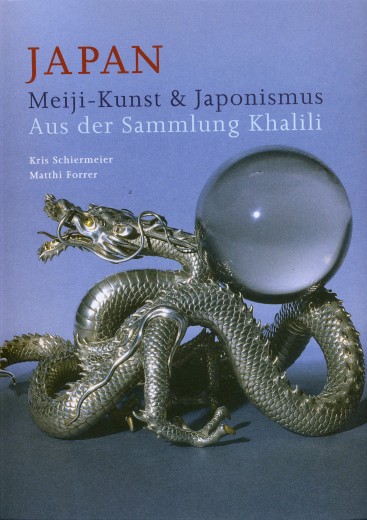
Catalogue in association with the exhibition at Kunsthalle Krems, Krems, Austria 25 February – 3 June 2007
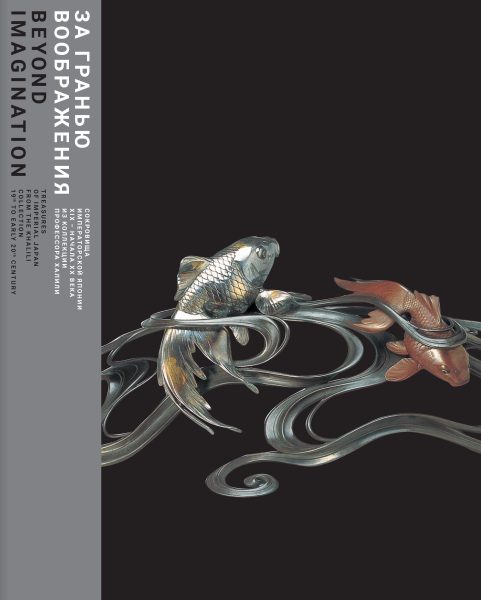
Catalogue in association with the exhibition ‘Beyond Imagination: Treasures of Imperial Japan from the Khalili Collection, 19th to early 20th century’, Kremlin Museums, Moscow, Russia, 5 July – 1 October 2017
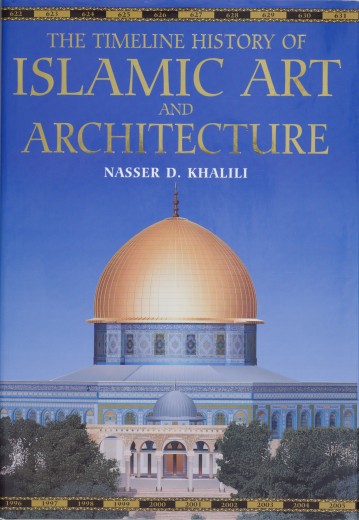
The history of Islam stretches from the 7th century to the present and encompasses an area from Spain to Indonesia, North Africa to China.
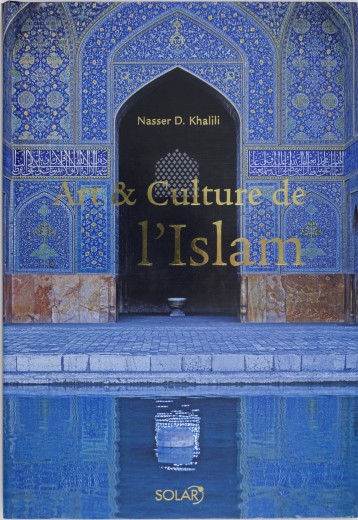
This book provides a comprehensive overview of the arts of Islam for the general reader. Never before has there been a publication that brings every aspect of this vast…
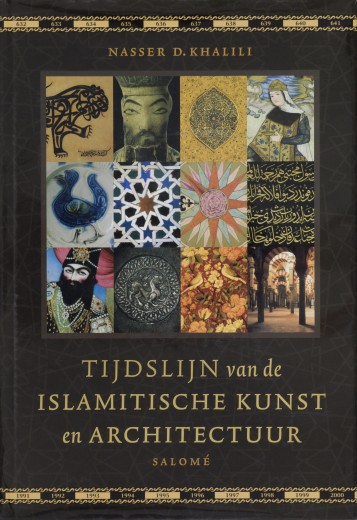
Originally published under the title The Timeline History of Islamic Art and Architecture, this book provides a comprehensive overview of the arts of Islam for the general…
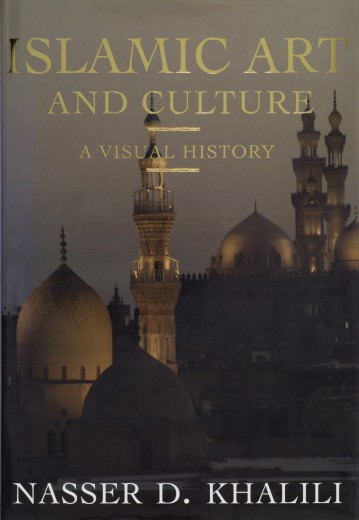
Now more than ever, Islam and Islamic culture is a topic that is as misunderstood as it is fascinating. In this exquisite oversized volume spanning 1200 years…
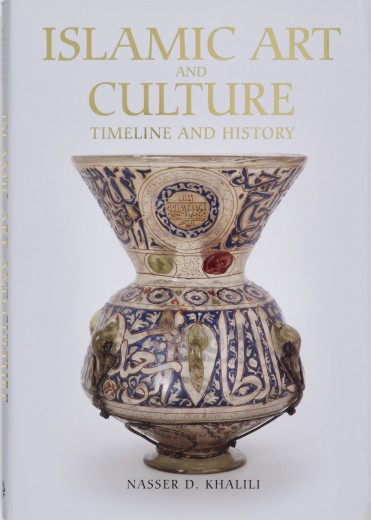
This book provides a comprehensive overview of the arts of Islam for the general reader. Never before has there been a publication that brings every aspect of…